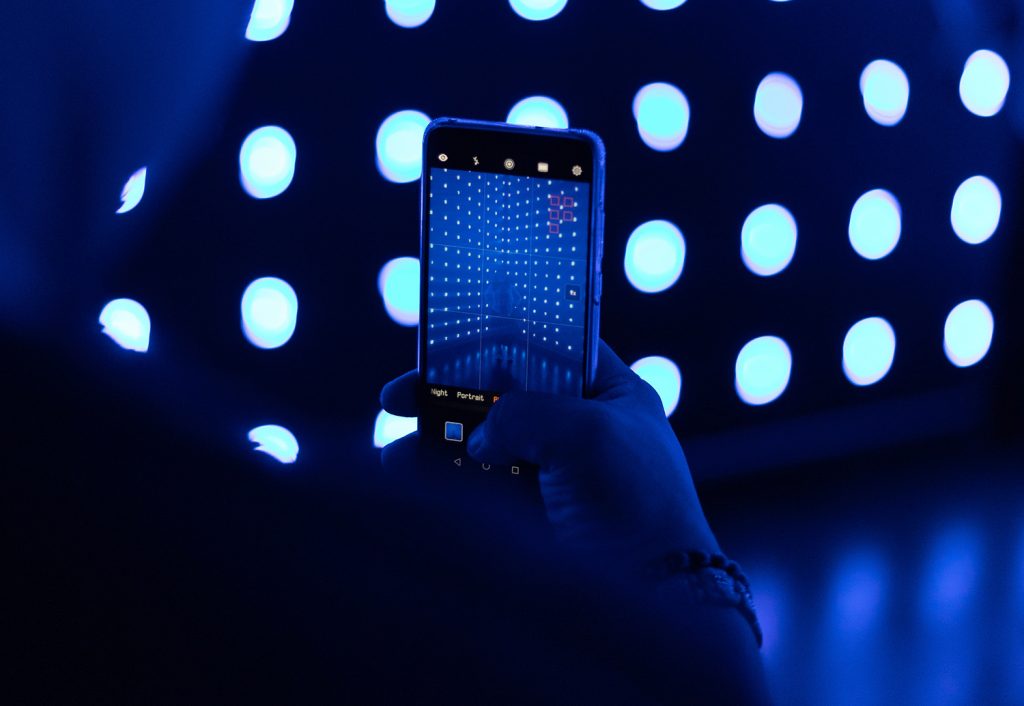It’s a sunny weekend and I’m standing in a queue inside a Brooklyn warehouse. There are dozens of people around me…waiting. My boredom is palpable, closely followed by irritation and disbelief — compounded by the realisation that I will have to go through this repeatedly, should I wish to get value out of the experience.
You might assume that I am lining up for food at Smorgasburg in Williamsburg, Brooklyn, but no, I am attending an (expensive) event known to be one of the many “Insta-worthy” experiential activations that pop up across New York City.
Don’t get me wrong, at the end of most queues there is a bit of pleasure – the fun and creative inspiration that the significant hype has promised. But once I reach that moment, I am briskly ushered through by zealous brand ambassadors trying to alleviate some of the congestion behind me.
During my 90 minutes at the event, I estimate that I experienced 10 or 15 minutes of “the good stuff.” So, less than 20% of my experience was enjoyable. As a marketer who creates and delivers live brand experiences, I felt short-changed.
Experiential activation missing the point
This experiential activation made me think, “When did the ‘IRL’ experience become a by-product of the pre-promotional hype, and when did this hype become the priority? When did the paying customer become less important than the social observer?”
The doomed Fyre Festival is a well-documented and unfortunate example of this, and it’s impossible to ignore the fall-out. Two anxiety-inducing documentaries have been produced, countless court cases remain unsettled, and numerous people’s lives have been turned upside down. All because an actual event failed despite a highly effective social media, influencer, and PR campaign. This is a prime and radical example of when a brand gets so wrapped up in selling an idea that they neglect the important process around its delivery.
Back to Brooklyn. At this warehouse event, all that seemed to matter was the ‘Instagramability’ that would make the event appear to be a roaring success to those “watching at home.”
But what about the people who did attend? Surely, if given the choice, most would have opted for 100% genuine enjoyment? For real-life moments of surprise, delight, and entertainment. The stuff that makes experiential marketing great versus a social performance that is all smoke and mirrors. I think consumers want and deserve both. Brands need to create dynamic social media moments and an enjoyable IRL experiential activation.
From my experience, there are seven key considerations involved in creating memorable moments on and offline to avoid IRL purgatory:
1) When social commentary is a key objective, consider what people will post during a bad IRL experience as much as how they’ll respond to your promotional posts.
2) At each stage of the event planning process, before finalizing decisions, keep in mind what the experience will be like for the attendees. Get non-biased advice on concepts and don’t be idealistic about whether something will work.
3) Keep the consumer journey front of mind and remember that it doesn’t end once an attendee posts a photo of your event. Momentum, entertainment, and service are all essential elements of an experiential activation. Think about how your event will keep delivering on these elements, even after it’s over.
4) Try to predict what may go awry and have a back-up plan. Then, have a back-up plan for that back-up plan. If queues become unruly despite your best efforts, bring out free drinks or snacks to keep consumers busy and happy.
5) Don’t have unrealistic expectations of your audience. Take my recent experience in Brooklyn, for example: if people are known to become impatient waiting in line for their morning coffee, why would an event be any different?
6) Don’t expend all of your creative energies and resources on the ‘big moments.’ Along with paying attention to day-of details, be sure to have a pre/post event strategy. Some of the ‘surprise and delight’ moments should happen during the lead up to or after an event to make the overall experience amazing.
7) Finally, learn from the masters: when in doubt, think about what Disney would do.
Sarah Priestman is president of Sense New Yorkexperienti

